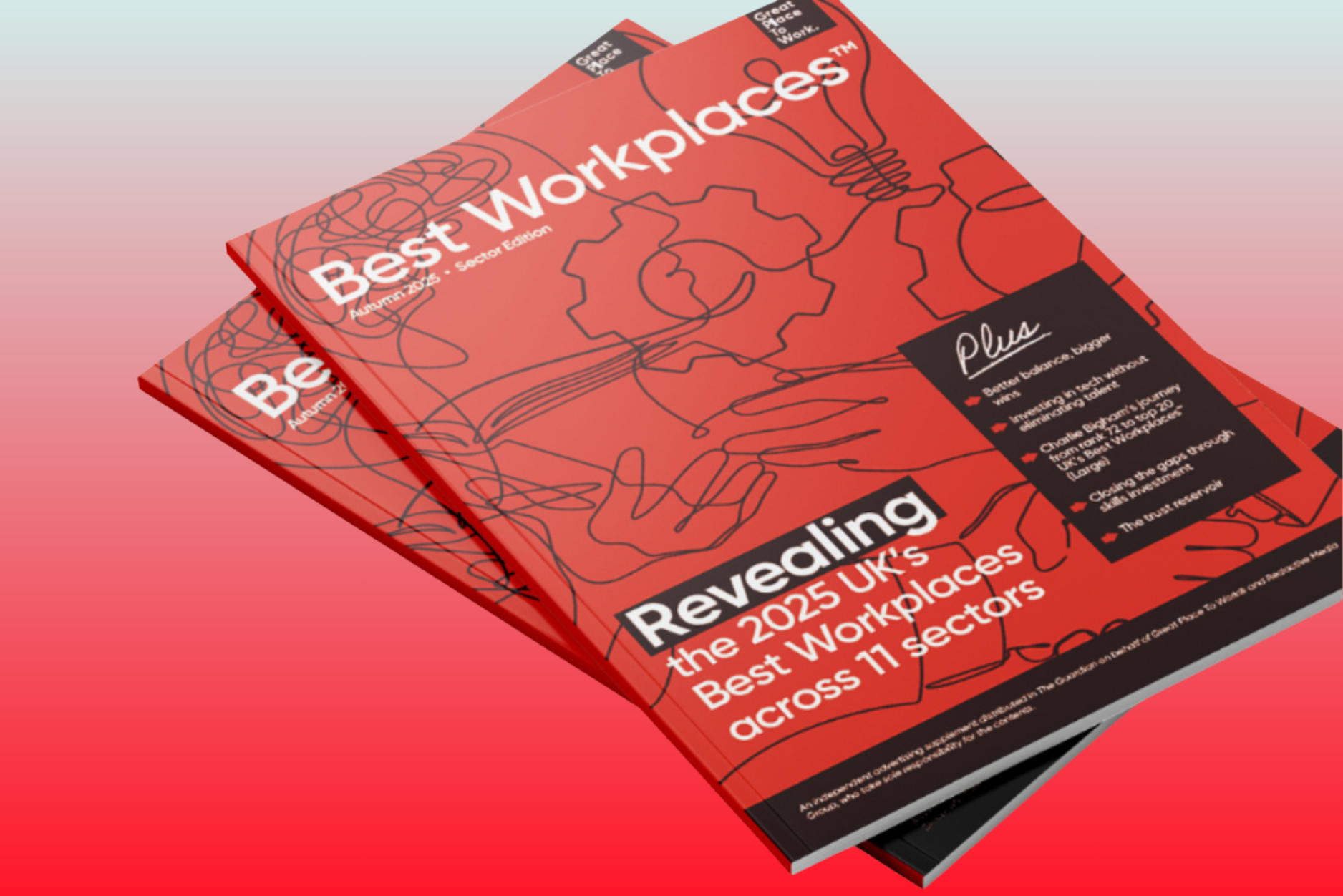From quiet quitting and 4 day work weeks, to ‘Bare Minimum Mondays’ - the internet’s newest favourite career trend - there has seemingly been a shift in the ways employees are navigating the world of work.
Depending on where you sit, those following these trends are either slacking off, or simply placing higher value on their work-life balance and wellbeing than their productivity. So, what should employers make of it all?
What are ‘Bare Minimum Mondays’?
Coined by TikTok creator @marisajo, ‘Bare Minimum Mondays’ are based on the idea that on the first day of the week, workers should do only the essential tasks required for their day. In order to ease into the work week and alleviate anxiety, items such as meetings and difficult, non-urgent tasks are off the agenda.
The hashtag #bareminimummondays has accumulated over 2 million views on TikTok - but viewers are divided. Some love the idea and have seen the benefits of implementing it in their own working weeks. Others think the trend is just an excuse for laziness.
What does laziness really mean?
As the dust of the Covid-19 pandemic settles, it’s obvious the world of work will never be the same. Things were changing anyway, but the pandemic only served to expedite the surge in non-traditional ways of working. Whether it’s remote and hybrid models, flexible hours or 4 day weeks, we’ve reached a new frontier. It’s only logical that along with these changes, employers must redefine what terms like productivity and laziness really mean in these new contexts.
Labelling an employee who takes a lot of breaks, starts their working day later or, yes, does the ‘bare minimum’ on a Monday as lazy is an easy trap to fall into. In truth, however, these employees may simply be working in a way which allows them to be productive on their own terms, without sacrificing their own wellbeing. Productivity may have once upon a time been defined as squeezing as much work as possible out of your employees in their working hours, but that’s no longer the case. We know better now - we know that this is a sure fire road to burnout and that, really, happy employees lead to happy businesses.
Embracing ‘laziness’ to increase employee engagement
No-one can work at 100% all the time - it’s entirely natural, not to mention healthy, to have slow days. Embracing the natural flow of productivity allows employees to take it easy when they need to, and produce great work when they’re at their best.
So, how can employers allow their people to work on their own terms whilst also ensuring they remain engaged? The key, as always, lies in trust and communication.
Honesty is the best policy here - managers and employees should feel able to have an open conversation about their working patterns and productivity. Set boundaries and expectations, but listen to employees' individual needs too. Give them the autonomy to work how they work best - within reason. If employees feel trusted and valued in this way, they’re more likely to remain engaged. These conversations can feed into wider business decisions too, like policies around flexible working hours or company wide ‘no meeting’ times.
Of course, there may be scenarios where employees are working at the bare minimum not because they are following their natural working patterns, but because they are genuinely unengaged. If you think this might be the case, it’s time for another conversation. The answer doesn’t lie in scolding these employees, or trying to force them to do more - but in understanding why they’re not engaged.
The world of work is changing rapidly, and with it, our understanding of productivity. While some may view the trend of 'Bare Minimum Mondays' as laziness, it's important to remember that by embracing the natural flow of productivity and having open conversations with employees, we can create a happier, healthier, and more productive workplace for everyone.
How engaged are your employees? Find out with our Trust Index™ survey, based on 30 years of research.
.png)










